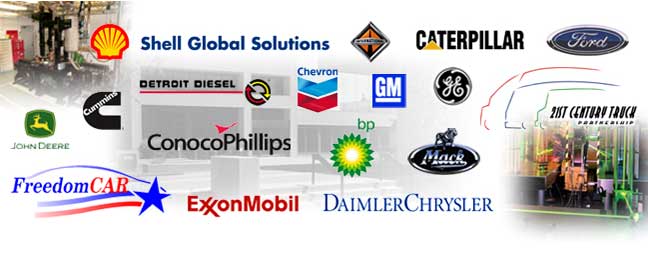
 |
 |
|||||
|
|||||
| Home | Research | About Us | Working with the CRF | Employment | News & Publications | People | Workshops & Databases | |||||
|
Engine Combustion Research  The CRF has been working closely with U.S. engine manufacturers for more than 25 years to increase scientific understanding of internal combustion engine processes affecting efficiency and emissions. Today, most of our engine research is directed toward building the science base needed to enable high-efficiency engine designs using ultra-low-emission, low-temperature combustion, and advanced diesel combustion systems. Target vehicles include passenger cars, light-duty trucks, SUVs, and heavy-duty transport vehicles. CRF researchers use advanced, laser-based diagnostics in conjunction with experimental hardware that simulates or closely mimics realistic engine conditions. Research hardware includes several optically accessible, single-cylinder engines with production or prototypical engine heads and an optically accessible combustion vessel capable of simulating an extremely wide range of potential engine conditions. Optical access in the engines is provided by quartz piston heads, quartz cylinder liners, windowed spacers, and/or periscopes in exhaust valves. CRF engine researchers are also developing sensitive, high-energy, laser-based diagnostics for measuring real-time particulate matter in engine exhaust streams. Sandiaís engine combustion research program is sponsored by the Department of Energy Office of FreedomCAR and Vehicle Technologies. The work is conducted in close cooperation with the U.S. automotive and heavy-duty diesel engine industries, other national laboratories, and universities. Engine Combustion Network |